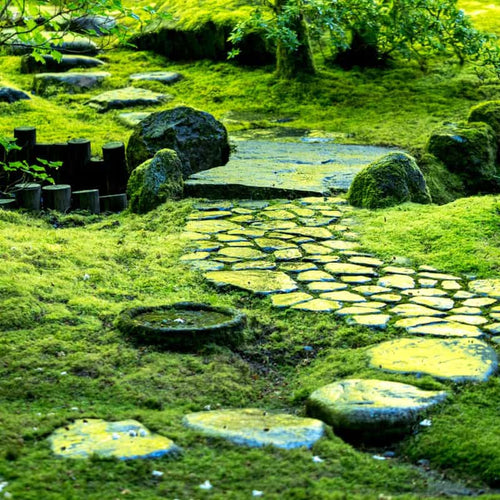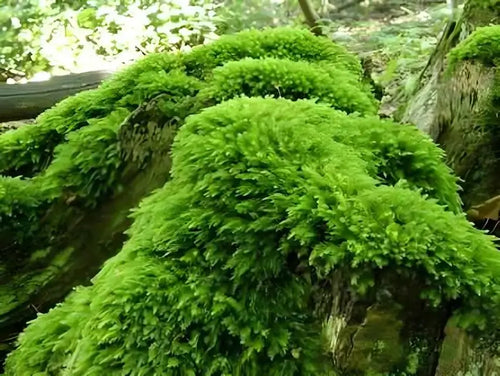Five tips to get the Perfect Moss Garden
For a long time, people have been doing whatever they can to get rid of the moss growing in their yards. If you try to eliminate moss in your garden without success, maybe it is time to think about constructing a moss garden instead.
Moss, in the right area, can be an excellent landscaping idea. There are many types of moss, including cushion moss, carpet moss, fern moss, hair cap moss, and mood moss. No matter what type of moss you choose, specific tips help you get the perfect moss garden.
1. Choose Your Preferred Moss Plants
Mosses can be either acrocarps or pleurocarps. The pleurocarps grow fast and resemble creeping vines. The fern moss and carpet moss fall into this category. On the other hand, a CRO carps mosses grow reasonably, spread slowly, and have a tight formation that prevents the weed from sprouting.
This category includes cushion moss, hair cap moss, and mood moss. Cushionmoss is very beautiful mainly because it can either be grayish-green or white.
2. Choose a Spot for Your Moss Garden
By checking the surroundings, you will know if it is possible to have a moss garden in your area. Moss can grow almost anywhere. Some factors determining the type of moss are bedrock, soil, and humidity.
Mosses typically grow in damp places, while others grow in humid climates. That is why forests and mountainous areas have moss in plenty. Moss requires a little bit of light to grow.
Too much sunlight is not suitable for its growth, and areas that are too dark are not suitable for its growth. This is a perfect place to grow moss if you have a partially shady area like under a tree.
The soil should be slightly acidic with a pH of 6.0-6.5. Under these conditions, moss will endure dry conditions better than grass, for instance. During droughts, the moss stops growing but will continue to grow when water comes.
3. Make the Ground Ready
You can use chemical or mechanical methods to eliminate the weed and unwanted grass in the area as a moss garden. Once you clear the ground, smooth it out to get rid of any sunken area where water may collect.
Next, compact the area to prevent settling once you introduce the moss. Finally, add logs, paving stones, and rocks all around the moss garden.
4. Press the Moss Into the Ground
The next step is to water your moss garden heavily. You can use a sprinkler to water your garden. Using a firm hand, place the moss section-by-section onto the surface. Then, please press down the moss onto the rocky area or into the soil to get it firmly situated while preventing it from moving.
5. Maintaining and Caring for Your Moss Garden
It would be best to grow pleurocarp and acrocarp mosses together because the former requires more water to grow than the latter. Acrocarps such as cushion moss should be watered once a day during the first few months to prevent rotting and allow for drying.
Pleurocarps like sheet and carpet moss can be watered several times daily without tapering. You will occasionally find weeds in your moss garden. Make sure to remove it because the weed has deep roots that the moss cannot compete with.
Reaching the weed will not be a problem because you can easily walk on it without causing damage. However, most cannot handle sliding, jumping, or running.
Do not forget to get rid of all fallen leaves. For the moss to keep growing well, maintain the right moss conditions of moisture, shade, and soil that is low in pH.
Conclusion
Moss can be an excellent addition to your home's landscape. What's more, compared to a grass lawn, a moss lawn requires less maintenance. Compacted soil does not affect moss.
It is also resilient to cold and drought. To maintain a pleasant moss garden, all you have to do is ensure no leaves on it and that weed does not invade.
Find all your moss needs at TN Nursery.




















































